|
|
. slack nature
. estuarine landscape
. constructing beyond use
. tycho brahe at hveen
. industrial landscapes in transition
. harvard forest
. two kinds of wild
. about
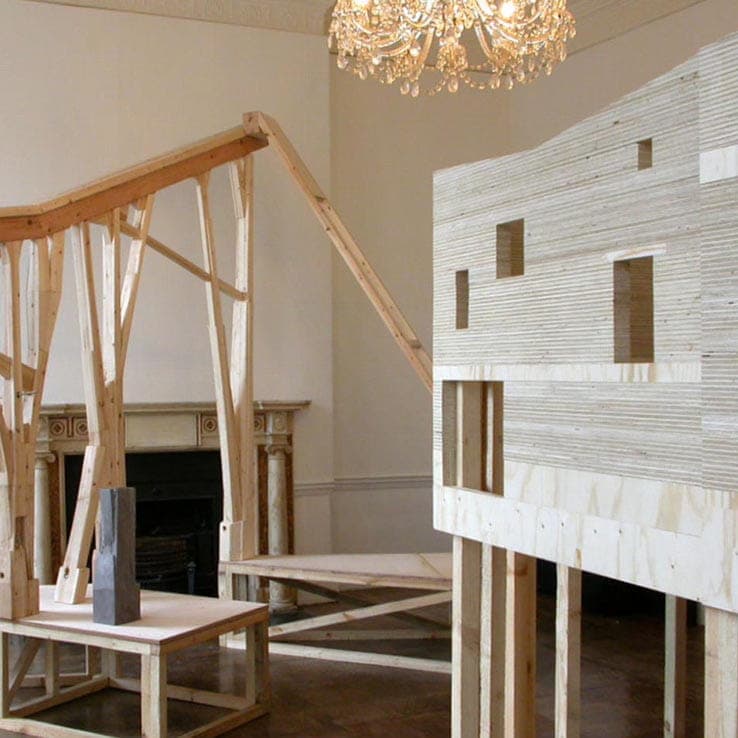
. Two Kinds of Wild
A teaching study and exhibition at the Architectural Association [UK] by students of Diploma Unit Two. The fabrication of large‑scale timber models was the chosen method of study of two distinct buildings; Alison and Peter Smithson's Arts Barn at Bath University, and Giovanni Michelucci's Chiesa dell'Autostrada.
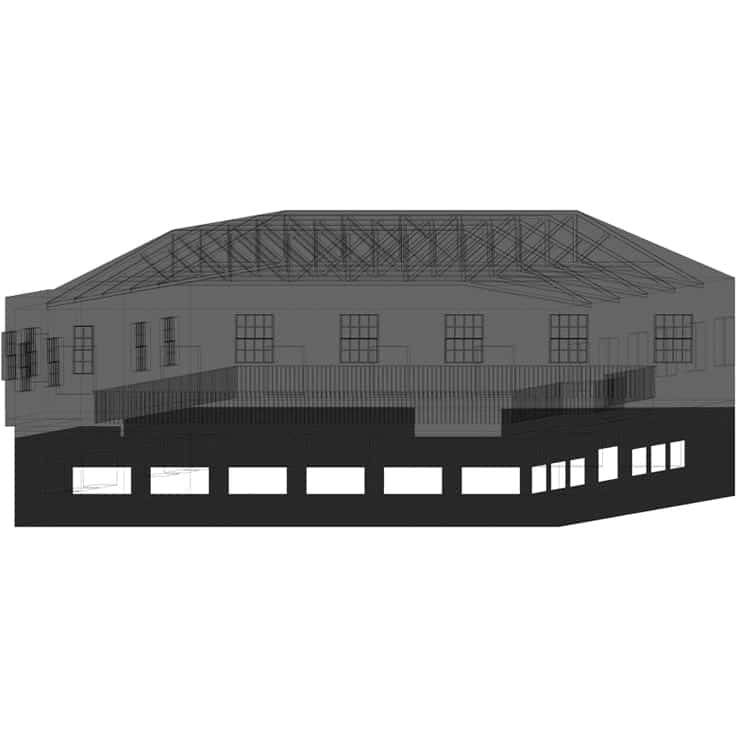
. Harvard Forest
The Fisher Museum at Harvard Forest was built to house a sequence of dioramas describing changing conditions of the forest landscape over time. Originally conceived as a two storey hall, in the nineteen-sixties a new floor was inserted. This study, commissioned by Harvard Forest, reconstructs the original form of the museum interior.
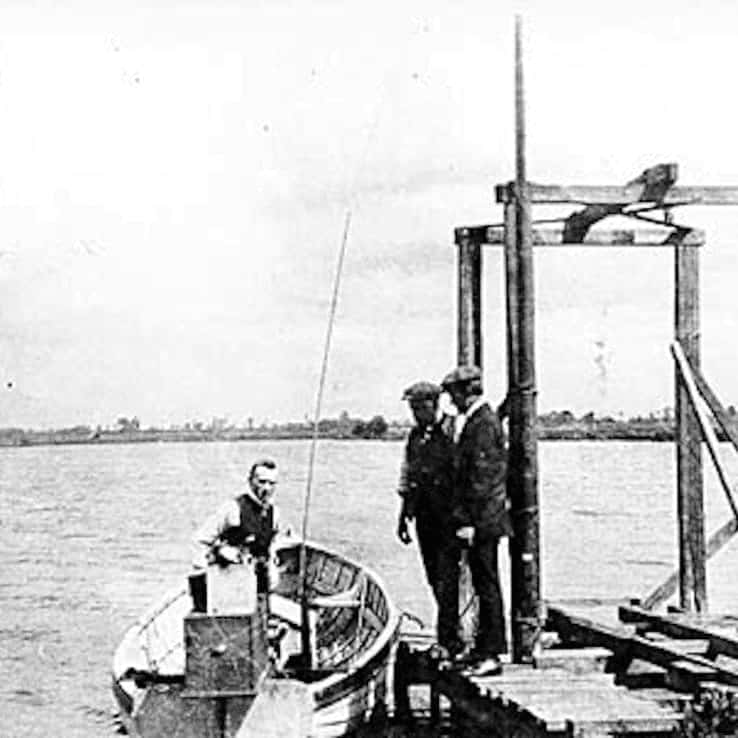
. Slack Nature and the Working Wild
The East London Green Grid was a groundbreaking planning study now embedded in the London Plan. Original documentation included a catalogue of supporting essays. One of those essays, Slack Nature and the Working Wild, explores issues of historic land use, biodiversity, and what it means to map nature.
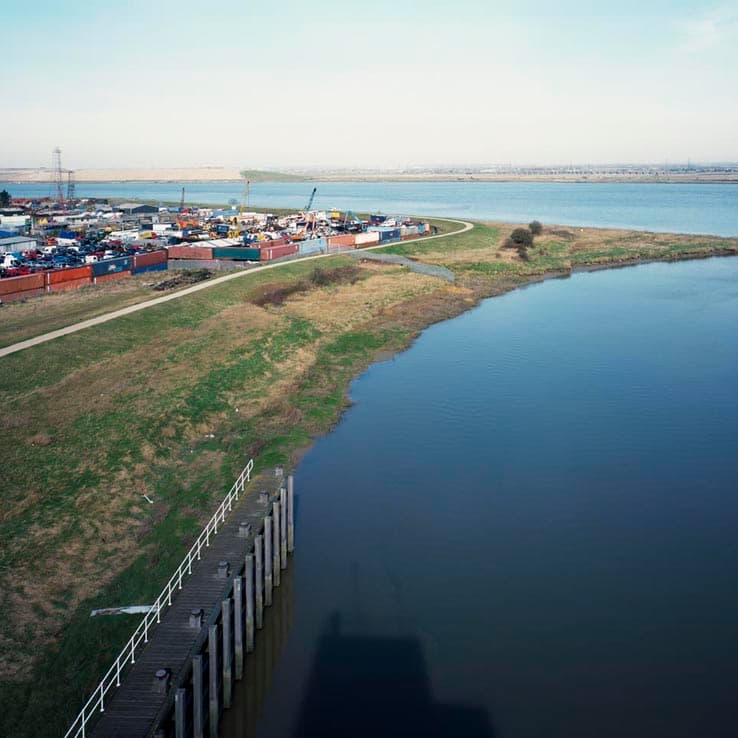
. Estuarine Landscape
Essay on the wider Thames estuary, originally published in the landscape journal Topos. Starting with a consideration of the historic landscape, the essay explores how policies driven by the need for new forms of flood management, will affect the estuary over future years.
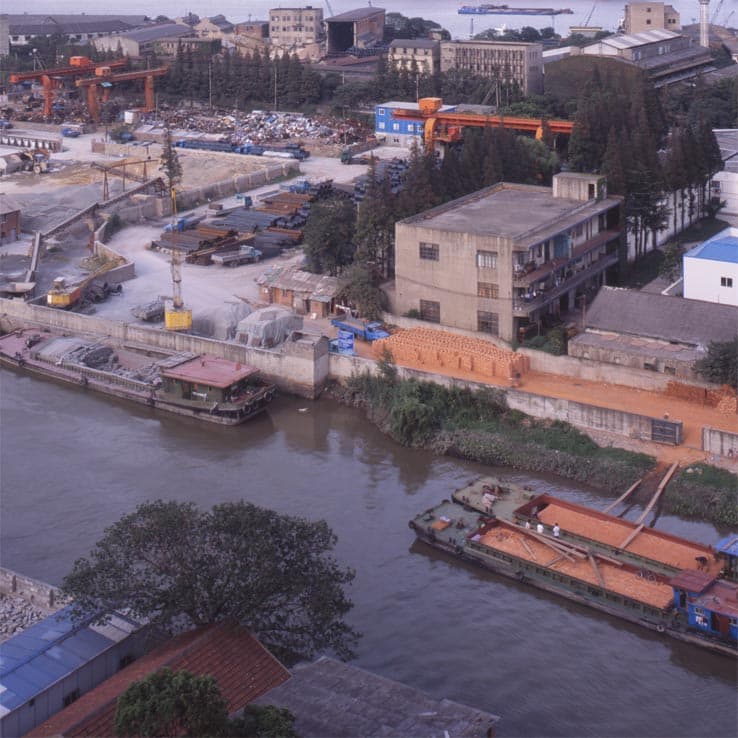
. Industrial Landscapes in Transition
A documentary research project using photography to record contemporary conditions of industrial settlement. The images describe a range of urban morphologies, including abandoned land, mixed patterns of agriculture and industry, major infrastructure projects, and newly emerging industrial developments.
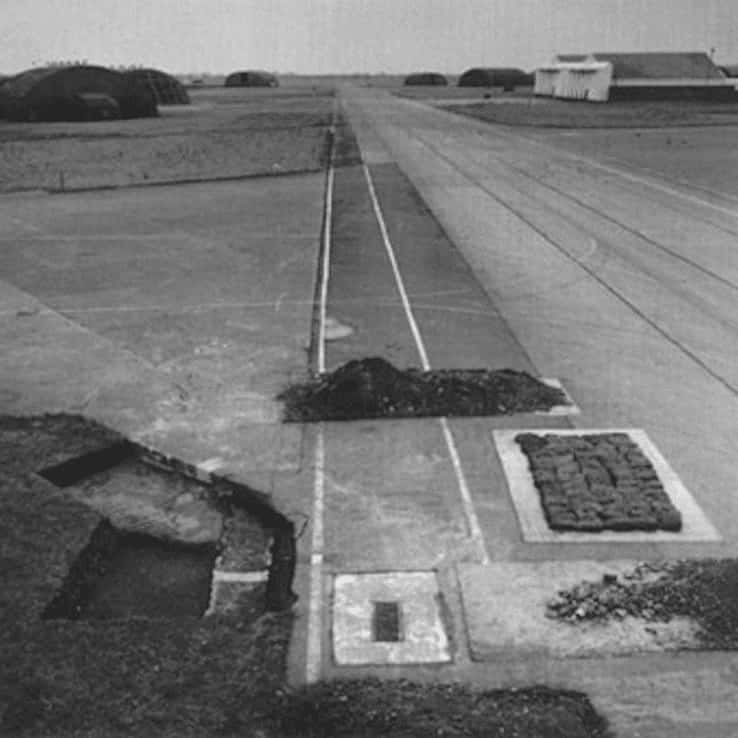
. Constructing Beyond Use
Constructing Beyond Use: Memory and Threat in Post‑military Space, was first published in AA Files 42. The essay considers the place that military buildings and landscapes hold in our collective memory, and how these attitudes affect our decision making in relation to future use.
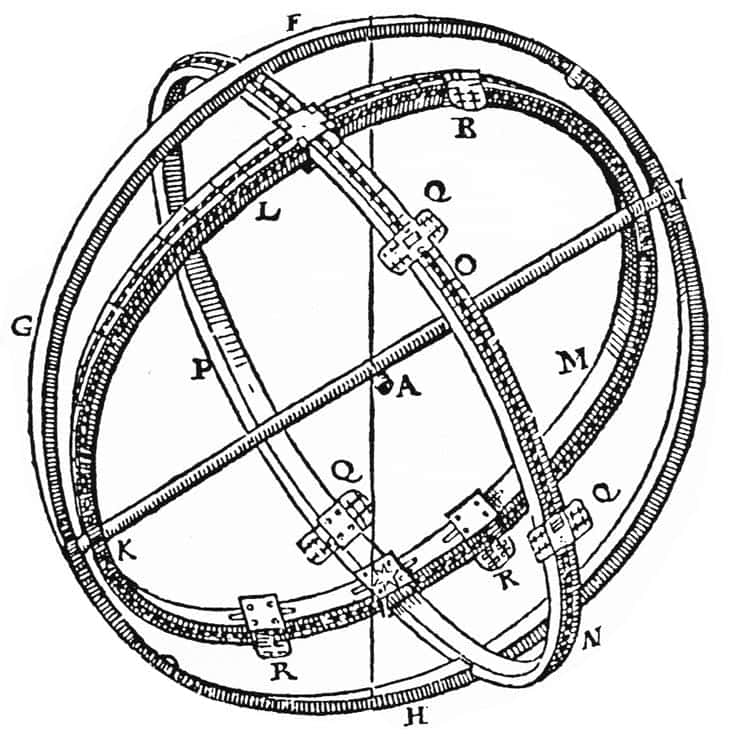
. Tycho Brahe at Hveen
From his observatory on the island of Hveen Tycho Brahe amassed the astronomical readings that would form the basis of Kepler's revolutionary model of planetary motion. The island included its own publishing house, and the woodcuts made there, together with Tycho's own descriptions, present a unique picture of the science of his time.
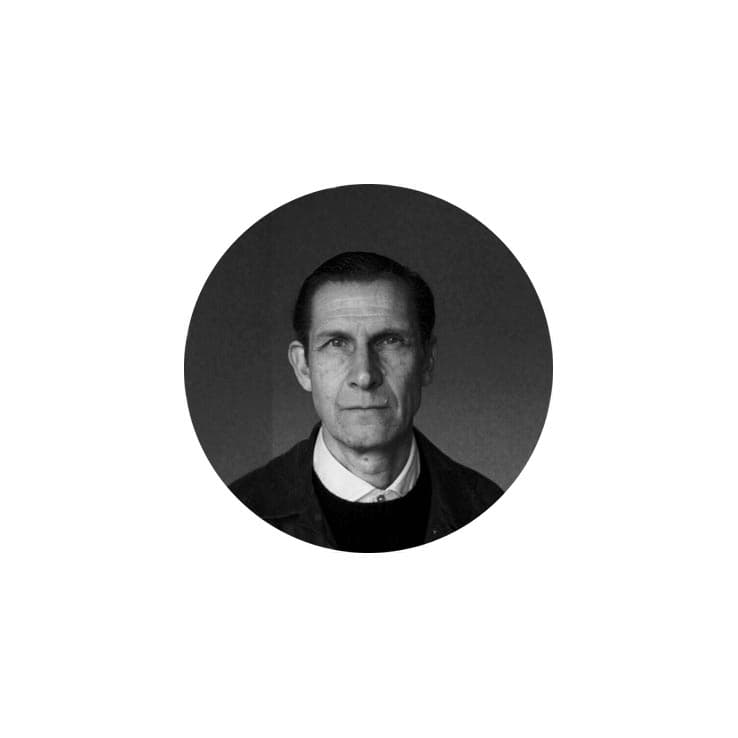
. about
An architect by training, Peter Beard has created a body of work marked by a sensitivity to places ‘as found’. His project for the nature reserve on the Thames marshes at Rainham was awarded a special mention in the European Prize for Urban Public Space [2014]. Based in Piedmont, Italy, his current work combines documentary photography with independant design and research.
